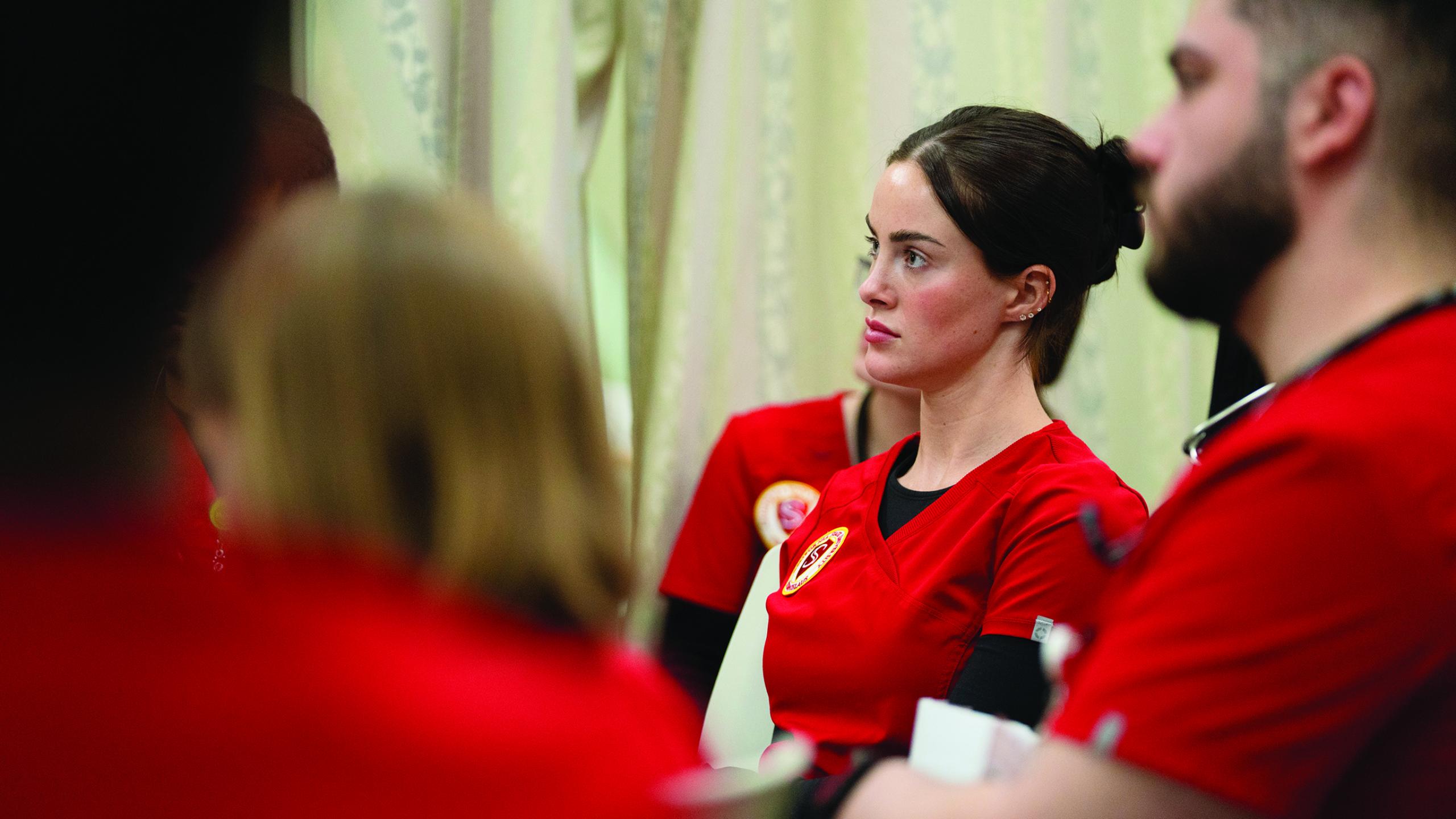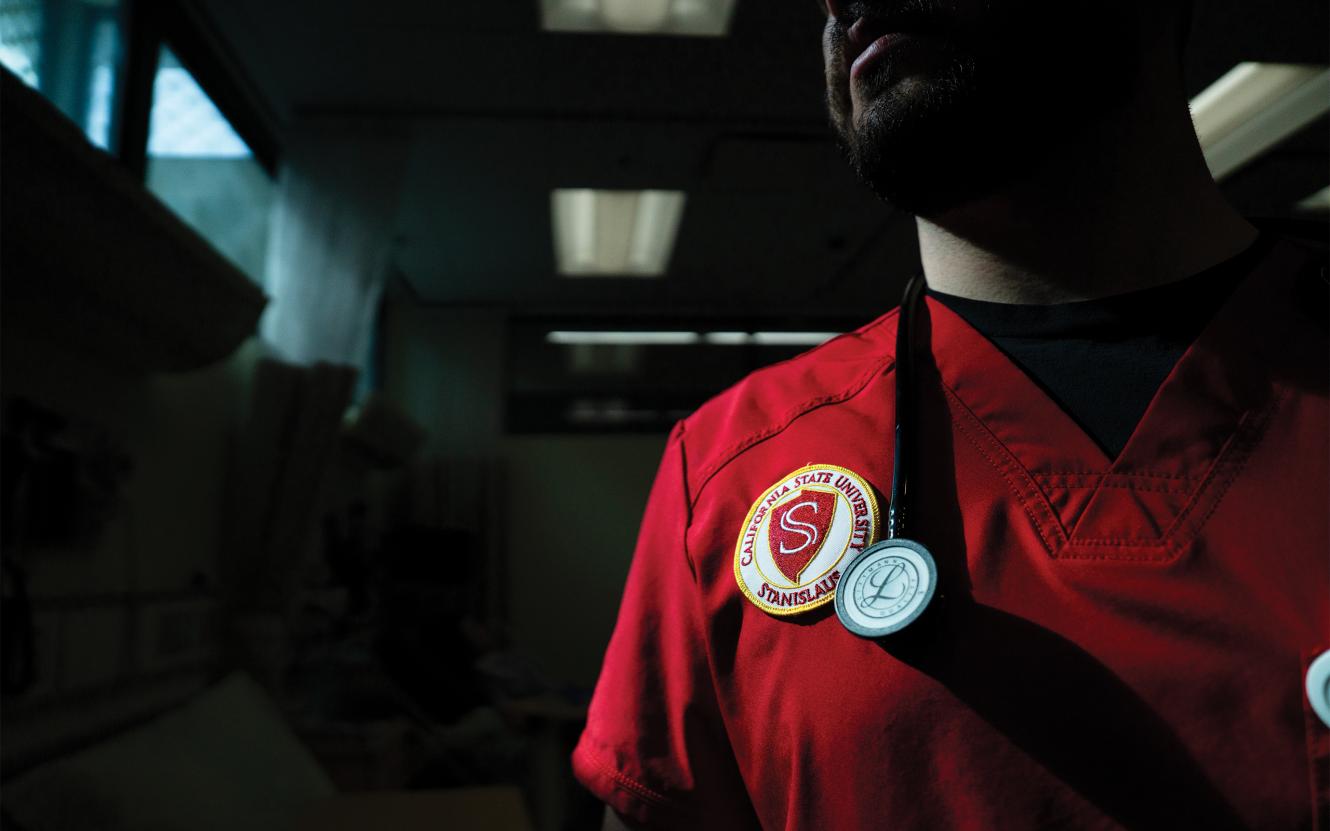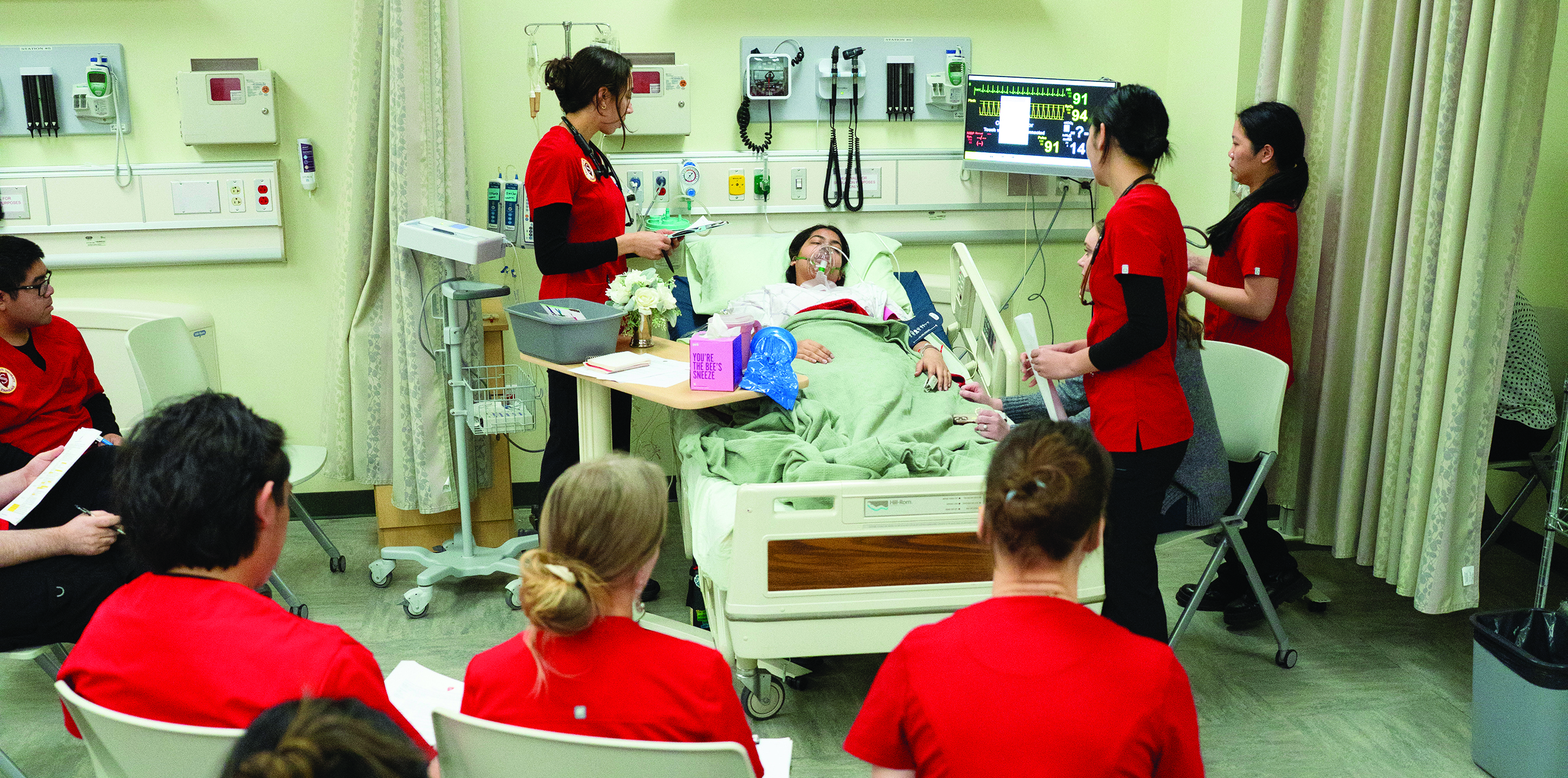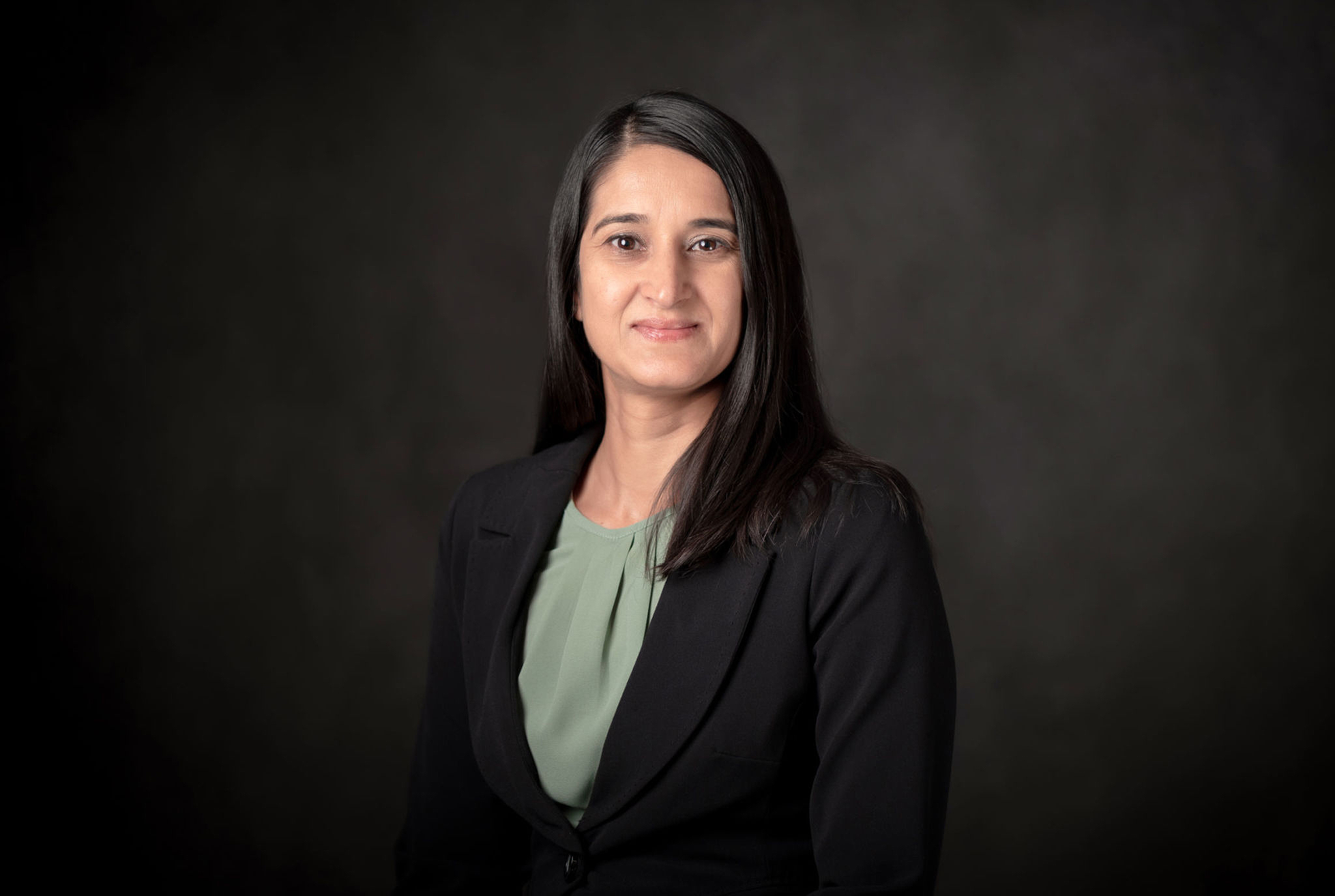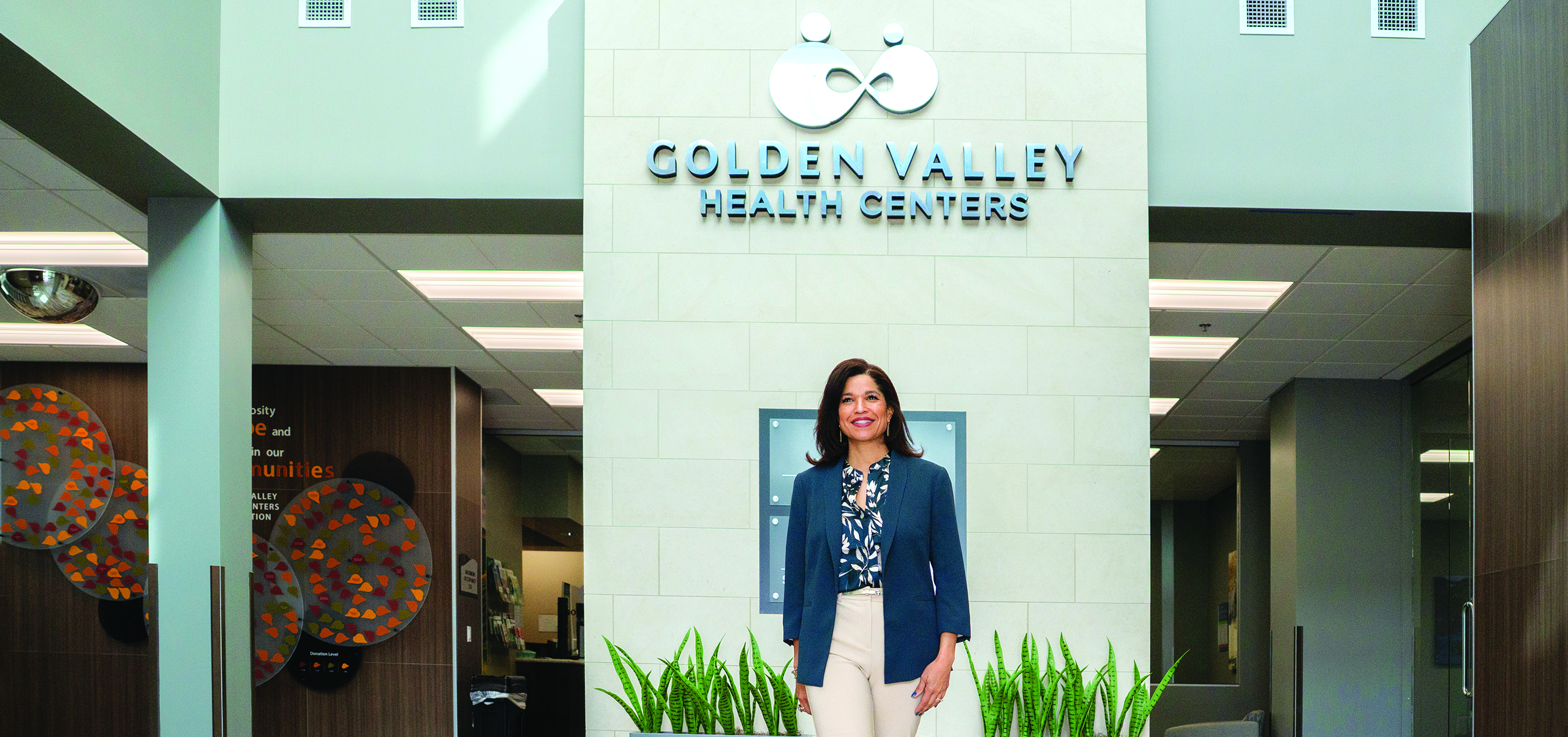California’s Central Valley is one of the fastest-growing regions in the state, and San Joaquin — one of six counties in Stan State’s service area — is among those experiencing the most rapid growth. Despite that momentum, it remains one of California’s most medically underserved areas.
According to the California Health Care Foundation (CHCF), a nonprofit philanthropy organization committed to improving the state’s healthcare system, the San Joaquin Valley has only about 47 primary care physicians for every 100,000 residents — well below the state average of 60 and significantly lower than the Bay Area’s 80. In San Joaquin County specifically, the number drops to around 39.
The shortage is even more severe when it comes to mental health professionals and registered nurses. A recent report from Healthforce Center at UCSF highlighted that 13 million Californians live in communities designated as mental health professional shortage areas. CHCF reports that by 2030, California is projected to be short 10,000 primary care providers, and the San Joaquin Valley alone will need 10,000 additional nurses to meet growing demand.
In response, Stanislaus State’s Stockton Campus is growing into a regional hub for health and human services training, designed to expand access, opportunity and impact. A new two-story academic building, set to open in fall 2025, will house a 16-bed nursing skills lab, a two-bed high-fidelity simulation suite and a 13-bed physical diagnosis space to support instruction for nursing students. The space will also support students preparing for careers in roles providing primary care, including family nurse practitioner candidates and potentially future physician assistant students.
The University already offers its ASBSN program at the Stockton Campus, producing 40 graduates every 18 months, with plans to double that number. It also offers a Family Nurse Practitioner program, currently training 15 to 25 students at a time, and a Master of Social Work program that launched its part-time, three-year hybrid cohort last fall.
All of the ASBSN students featured in this story study at the Stockton Campus. It’s where their journeys began, where their families live and where they’re preparing to give back to the communities they call home.
Dean Sarah Sweitzer, who leads the Stockton Campus, sees the impact every day.
“We’re the only public four-year degree-granting campus in one of California’s fastest-growing counties,” she said. “Eighty-three percent of our students are here to earn a bachelor’s degree, and 70 percent are first-generation. That’s transformational.”
She describes the campus as a “homegrown engine” for meeting regional workforce needs, and a critical part of Stan State’s identity.
“We view ourselves as an anchor institution. That means embracing community wealth building and staying rooted in the neighborhoods we serve.”
Sweitzer’s words reflect a mission that lives in the everyday experiences of students who’ve chosen to stay local, serve their communities and lead with compassion.
“I was born at Dameron Hospital, grew up in Stockton, and I’ve worked as an EMT across both San Joaquin and Stanislaus counties,” said student Ryan Louie. “I knew the hospitals, I knew the community, and I knew I wanted to give back.”
Van Le, originally from Sacramento, said the diversity and need in the Central Valley stood out.
“I’ve lived in the Bay Area and Sacramento, and here, there’s a different level of poverty and healthcare need. Getting to serve this population has been eye opening.”
For Francisco Ramirez, the need is especially personal.
“My family didn’t always have access to care,” he said. “Some of them didn’t have legal status, and that meant avoiding the ER, using home remedies. That’s why it’s so important to build more resources in this community.”
Russell Pabalan, whose parents immigrated from the Philippines and became nurses, said his motivation comes from a sense of responsibility to the place that shaped him.
“For me, it’s personal,” Pabalan said. “I grew up here. I want my family to have access to high-quality care. I want my community to have that too because community health impacts everyone. It’s essential that we have more RNs in our own communities.”
He also praised the program’s structure and rigor.
“We’ve rotated through so many departments: pediatrics, hospice, med-surg, so we’re not just getting a narrow experience.
For me, it’s personal. I want my family to have access to high quality care. Community health impacts everyone. It’s essential that we have more RNs in our own communities. - Russell Pabalan
“And it’s not just working with RNs. We collaborate with dietitians, respiratory therapists, doctors, nurse practitioners — the full multidisciplinary care team. The simulations and curriculum we’ve gone through have directly translated to what we do in the hospitals. It’s been a tough 17 months, but now I see why it was all necessary. I do feel prepared.”
Ted Elijah added that the 225hour senior preceptorship — an intensive clinical placement where students work alongside experienced nurses — made a difference.
“Working under a nurse doing actual tasks has made a huge difference,” he said. “It’s been really valuable for applying all the theory we learned in class to real practice.”
As student Van Le, who joined the program later in life, said the experience has given her a deeper understanding of the region.
“I’m not originally from the Valley, but working with the population here has given me a new perspective,” she said. “I can see how different things are compared to where I’m from.”
